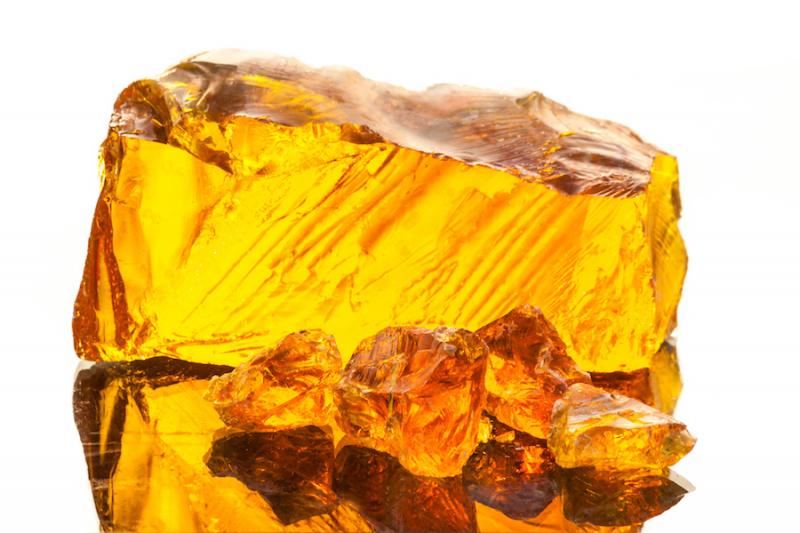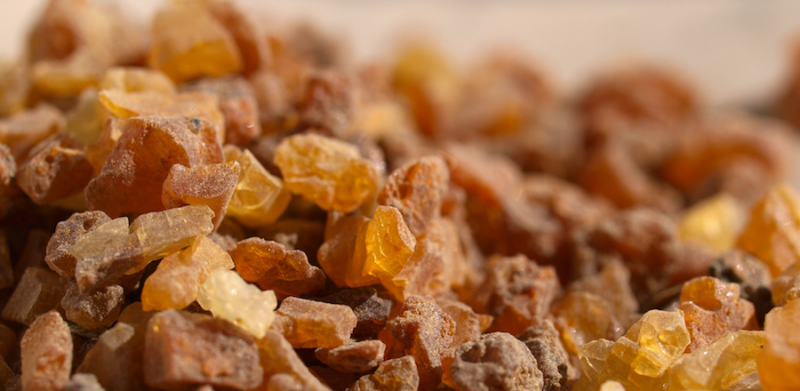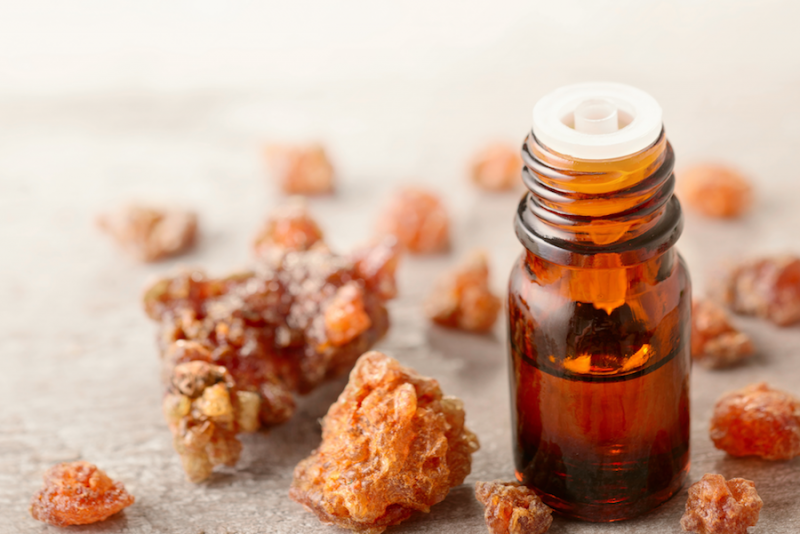 The the winter solstice is December 21st and, in the Northern Hemisphere, this is the darkest time of the year. It is the day when the night is the longest and the day is the shortest. And the days only start to get noticeably longer and the nights shorter after the 24. The many cultural holidays that cluster around this time of year are all festive celebrations of this passage from darkness to light.
The the winter solstice is December 21st and, in the Northern Hemisphere, this is the darkest time of the year. It is the day when the night is the longest and the day is the shortest. And the days only start to get noticeably longer and the nights shorter after the 24. The many cultural holidays that cluster around this time of year are all festive celebrations of this passage from darkness to light.
Although Christians celebrate the birth of Christ at this time, it's unlikely this was actually when Jesus was born. Shepherds watch their flocks by night during lambing season, which occurs in the spring. Nevertheless, it seems an appropriate time to celebrate Christ's birth as the awakening of a new light in the world.
It’s a festive time of the year. There are colorful lights everywhere, Christmas carols and presents exchanged. But, it is still a physically dark time of the year, as shown by high rates of depression and the start of the cold and flu season. That's why it's appropriate to discuss the bitter herb, myrrh this week.
In the Christmas carol, We Three Kings, the wise man who brings the gift of myrrh says:
“Myrrh is mine, its bitter perfume breathes a life of gathering gloom. Sorrowing, sighing, bleeding, dying, sealed in the stone-cold tomb.”
Bitterness and darkness visit everyone's life from time to time. We prefer the sweet side of life, but the bitter side of life is what cleanses and purifies the soul. It rids us of what no longer serves us.
Antiseptic and Disinfectant
 If you've ever tasted myrrh resin, it is definitely bitter. But, it's also a very effective infection-fighting herb. It can be used both internally and topically to rid the body of infectious organisms. In fact, myrrh is so antiseptic that it was used in embalming practices. The mixture applied to the body of Jesus after his crucifixion included myrrh and aloes (a plant different from aloe vera). The application of these herbs prevents decomposition and foul odors.
If you've ever tasted myrrh resin, it is definitely bitter. But, it's also a very effective infection-fighting herb. It can be used both internally and topically to rid the body of infectious organisms. In fact, myrrh is so antiseptic that it was used in embalming practices. The mixture applied to the body of Jesus after his crucifixion included myrrh and aloes (a plant different from aloe vera). The application of these herbs prevents decomposition and foul odors.
I like myrrh as an antiseptic remedy. I've used it both internally and topically for infections. One of my favorite uses is a glycerite made of equal parts myrrh gum, goldenseal and bayberry root bark, which is used as a gargle for mouth sores and sore throats. To use it, mix it with a little warm water and swish in the mouth or gargle with it for about 30 seconds. You can swallow a little if you like. If you add a small amount of capsicum, it will sting for about a minute and then act as a pain reliever as well as an infection fighter.
Myrrh and Guggul
Myrrh is Commiphora myrrha and guggul which is used in Ayurvedic medicine is Commiphora mukul. They have many similar properties. Guggul is best known for its ability to aid the cardiovascular system. Research done in India suggests it lowers LDL cholesterol, raises HDL cholesterol, and lowers overall cholesterol levels. It contains compounds called guggulsterones that inhibit the synthesis of cholesterol in the liver.
It also appears to have antiplatelet and anticoagulant activity, so it would inhibit the formation of blood clots in the circulatory system. It may also help to lower lipoprotein (a) and C-reactive protein, two blood factors known to have a link with inflammation and heart disease. With an anti-inflammatory and immune-modulating action, guggul has also been used in India for both rheumatoid and osteoarthritis, fibromyalgia, lupus, bronchial asthma, Chron’s disease, ulcerative colitis, acne, and hyperthyroid. It is also used as a weight loss aid, especially in obese people with cardiovascular problems.
I can't say myrrh and guggul can be used for exactly the same purposes, but they are similar. I do know that in addition to its antiseptic and disinfectant properties, myrrh acts as a bitter digestive tonic, helps regulate cholesterol, reduces the risk of cardiovascular disease, and is helpful in weight loss.
It is important to note that all of the above uses are for the actual myrrh or guggul gum (or resin) and not for the essential oil of myrrh. Myrrh essential oil shouldn’t be used internally, only topically or through inhalation.
Myrrh Essential Oil
 Topically, the essential oil of myrrh is useful for healing chronic wounds and ulcerations. It can also be used for weepy eczema and athlete’s foot. It helps to heal deep cracks on the heels and hands.
Topically, the essential oil of myrrh is useful for healing chronic wounds and ulcerations. It can also be used for weepy eczema and athlete’s foot. It helps to heal deep cracks on the heels and hands.
Myrrh EO can also be inhaled to ease respiratory congestion. The oil can be diluted and used as a gargle or rinse for mouth, gum and throat infections, though it still shouldn't be swallowed.
Like frankincense, myrrh has been used as an aid to meditation. It’s more grounding than frankincense because of its bitter nature. It promotes a realistic awareness and imparts a sense of inner peace to ease sorrow and grief. It helps a person see where they are, but also see the path to help their hopes and dreams become a reality. People who are stuck in their lives, unable to decide a proper course of action, will find myrrh useful in helping them to determine a course of action in life and move forward. That's another use appropriate for the season as many people will soon be making new year's resolutions.
All of which takes me back to what I said in the beginning about darkness and bitterness. Although they cause sorrow and suffering, the dark, bitter experiences can help us see what is genuinely important and let go of what is not. This cleansing of the soul is part of the lesson we can learn from myrrh, which like other resins, grows out of the wounded tree. It seals and heals the wound and allows the tree to continue to grow and thrive in spite of its injury. So, whatever struggles we all may have experienced this year; hopefully, we can grow, learn, and heal from these difficult experiences, and light and goodness ultimately arise from them.
May your holiday season be a joyous one and may you always remember that even in the darkest of times light will eventually triumph over darkness. God bless.
Steven's Articles
-

-
The Evidence for Berberine
A yellow alkaloid found in traditional infection-fighting…
-

-
The Sensible Use of Caffeinated Herbs
Kola nuts, guarana, and yerba mate and other herbs…
-

-
The Health Benefits and Problems with Coffee
This popular caffeinated beverage can be beneficial…
October
-

-
Understanding Caffeine & Cellular Adaptation
Preserving the power of caffeine's buzz and the…
September
-

-
Horseradish
A pungent spice for aiding protein metabolism…
-

-
Banaba or Crepe Myrtle
A beautiful tree from Southeast Asia whose leaves…
August
-

-
Monkeyflowers
Flower essences to help see ourselves more clearly…
-

-
Mariposa Lilies
Strengthening the bond between mother and child…
-

-
The Noble Bay Leaf
A common kitchen herb for aiding digestion and…
-

-
Epimedium: Horny Goat Weed
A circulatory stimulant and kidney yang tonic…
July
-

-
The Medicinal and Nutritional Benefits of Apricots
A nutritious fruit and valuable medicinal seed for coughs
-

-
Dogwoods
Asian dogwood is used to stop excessive discharge,…
June
-

-
Neem: The Village Pharmacy
A popular Ayurvedic remedy for dental and immune…
-

-
Spilanthes: The Toothache Plant
A traditional remedy for teeth and gums, as well…
-

-
Forsythia
An anti-inflammatory, fever-reducing, and infection fighting herb

